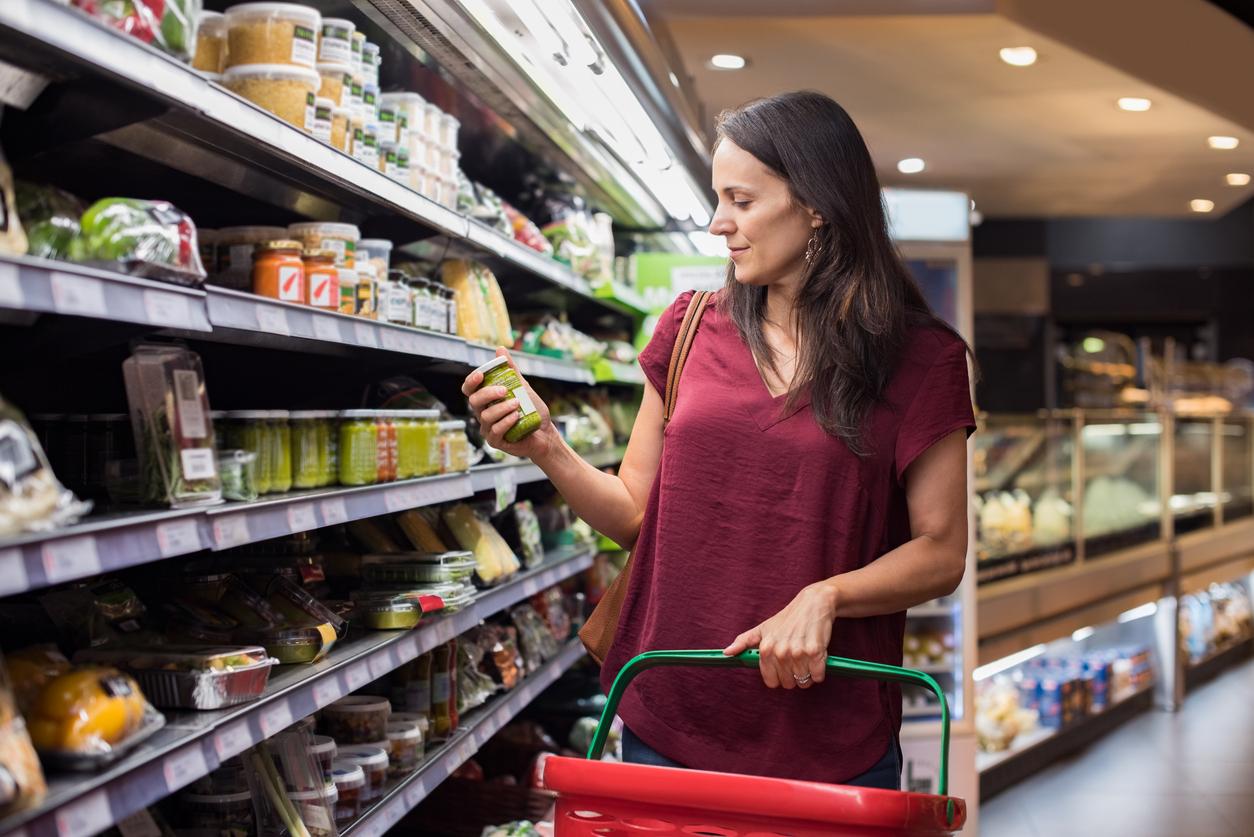Anti-obesity programs targeting the consumption of sugary drinks are effective in young people. But adults do not take advantage of it.

Better to do it early to limit the intake of sugars. Intervention programs are most effective with young minds. This is what suggests a review of the literature published in Obesity Reviews.
Conducted on 40 trials testing strategies for reducing sugary drinks, it delivers a clear conclusion. Adults do not derive the same benefits as children from these targeted approaches.
Loss of efficiency
The authors of this publication reviewed the content of 40 studies. Together, they involved 16,500 participants belonging to three different age groups: children, adolescents or adults.
Among the volunteers, those who benefit the most from the anti-sugary drink programs are the children. They manage to reduce their daily intake by 30%. This corresponds, approximately, to 2.5 teaspoons.
The impact of the interventions is somewhat less marked among adolescents. At the end of the various projects, they reduced their consumption by 10%. “On average, sugar consumption is two to three times higher than the recommended thresholds in all age groups,” said Elisa Vargas-Garcia, co-author of the study.
This remains too low compared to the objectives set by the World Health Organization (WHO). According to the criteria of the health agency, sugars must not exceed 10% of daily food intake.
Adults disappoint
Weak or not, the results are there. Which is not the case for adults. For adult participants, intervention programs have no impact. It must be said that the recipes adopted during the various projects vary significantly according to age. Starting with the place of intervention.
“School is a common place to target behaviors associated with obesity,” admits Elisa Vargas-Garcia. However, among programs targeting younger populations, we have found that interventions that occur at home are more effective. “
Among the youngest, the key to success lies in setting up an exemplary model. If children are able to identify a person who is doing particularly well, they will reproduce the healthy behavior more often.
Make water the priority
Researchers have also found that changes to the environment are more effective. Place water fountains in school corridors, for example, or regularly offer alternatives to sugary drinks. The idea is simple: make water the preferred product.
For adults, the approach is more complex. They receive nutritional advice, learn to decipher the labels, choose healthier alternatives… The logistics are heavier and the environment remains difficult to manage. “The lack of effectiveness of interventions in adults is worrying,” concedes Professor Janet Cade, also signatory of the publication.
This is the heart of the matter. One-off projects can be positive, but other measures must be proposed in order to achieve lasting results. On this point, improvement is absolutely necessary.
“It is estimated that children and adults get a quarter of their sugar intake from sugary drinks,” says Dr. Charlotte Evans, co-author of the journal. However, excessive consumption promotes the development of chronic diseases, both cardiovascular and metabolic.
.

















